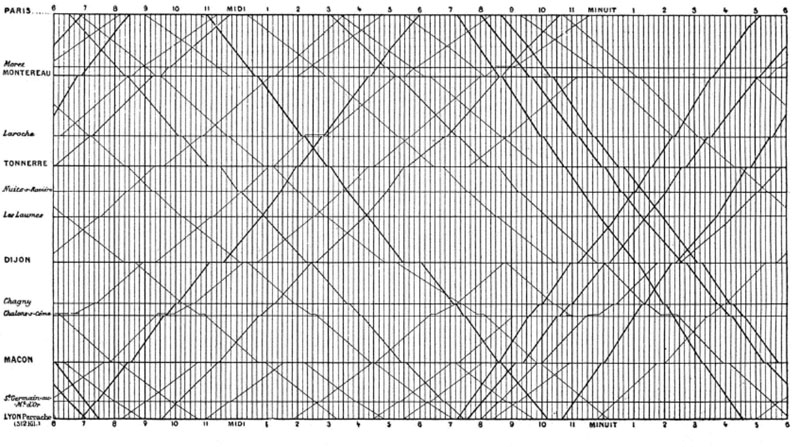In the second part of this series about data visualization (Part 1 is here), I will show how, according to Edward Tufte, information visualizations can trick the viewer. Since I read through this chapter in his book, The Visual Display of Quantitative Information I’ve noticed a compromise of graphical integrity in the most surprising of places. Some of these are included in my post as examples.
Currently, I’m writing a paper for my metrics class on software visualization. After the class, it will be expanded to include how software visualization can work for testers. Part of knowing how to use visualization for any project is understanding what constitutes a good or bad visualization. I’m guessing that if you found my blog you might be a tester, and in that case, understanding the basics of data visualization will help you understand where I’m going with some of my upcoming posts. Outside of testing, understanding complex visualization is a skill we all need to have because we live in an age of data.
Labeling should be used extensively to dispel any ambiguities in the data. Explanations should be included for the data. Events happening within the data should be labeled.
For this example, I’d like to use a graphic that was in a post on TechCrunch as I was in the process of writing this post. It was posted by Vic Gundotra who is VP of Engineering for Mobile and Developer Products at Google. You can read his full post here. I’m calling out a couple of his graphics because I was pretty shocked that he would post these. I’ve seen some of his presentations on YouTube, and they were awesome presentations. Using graphics as bad as what he posted on TechCrunch only diminishes an otherwise strong message and will make me think twice about any visuals he presents in the future.
Here is the first of Vic Gundotra’s graphics. Notice how he does not label the totals on the graph, but separately at the bottom. There is no way a viewer can compare the data he’s representing.
In times series graphics involving money, monetary units should be standardized to account for inflation.
Ok, this might be a controversial example but please read the explanation before flaming me. I freaking love this award winning interactive graphic about movies created by the storied New York Times graphic department…BUT I have a bone to pick with it. The graphic shows movies from 1986 to 2008 and it does not account for inflation. There are some other things going on with this graphic as well, but since it’s about movies and not our budget crisis, I give it’s lack of adjustment for inflation a “meh.” It just goes to show that nothing is perfect.
All graphics must contain a context for the data they represent.
Here’s another Vic Gundotra graphic. Notice how there is no total for the number of users represented, yet Gundotra is trying to say that 20 times more are using the T-Mobile G1. By not including this number, Gundotra is not providing an accurate picture of how many people are using either. It could be 20 people using the G1 or it could be 20,000. There’s no way to know. The fact that he didn’t include this number says, to me, that maybe the number of people is embarrassingly small, but that’s another post for another blog.
Numbers represented graphically should be proportional to the numeric quantities they represent.
This is all about scale in graphics. If you are looking at a graphic, the pieces you are looking at should be to scale. Tufte actually has a formula for what he calls “The Lie Factor.” This link has a couple of illustrations and also shows how this formula is calculated.
Number of dimensions carrying information should not exceed dimensions in the data.
You know all of those 3d pie chart and bar graph templates in the Microsoft Excel chart wizard? Don’t use them anymore, and yes, I’ve used them myself in the not-too-distant past. They qualify as “chart junk” from Tufte’s perspective.
Variation should be shown for data only and not the design of the graphic.
I looked but couldn’t find a good example of this on the web. (If you see one let me know.) One of the graphs that Tufte uses to illustrate this point shows a bar graph where the bars for years that are deemed, “more relevant,” are popped out in a separate larger section using a really heinous 3d effect. It’s on page 63.
As always, comments are welcome.
![Reblog this post [with Zemanta]](http://img.zemanta.com/reblog_e.png?x-id=e410f08a-f8ec-4d2c-958b-139a1056f149)

![Reblog this post [with Zemanta]](http://img.zemanta.com/reblog_e.png?x-id=30f4b48c-9fd3-4627-be4f-3aeba03d11df)